Electrospun Nanofibers for Improved Angiogenesis: Promises for Tissue Engineering Applications
August 2020
in “Nanomaterials”
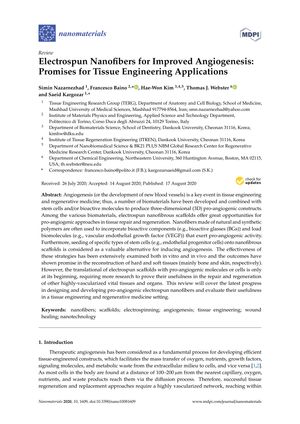
TLDR Electrospun nanofibers show promise for enhancing blood vessel growth in tissue engineering but need further research to improve their effectiveness.
The document reviews the use of electrospun nanofibers in tissue engineering, emphasizing their potential to enhance angiogenesis, which is essential for tissue repair and regeneration. It details how the properties of nanofibers, such as their ECM-mimicking structure and high surface area, can be tailored to improve angiogenesis by incorporating bioactive components, stem cells, and growth factors like VEGF. The review discusses various strategies, including the use of natural and synthetic polymers, surface functionalization, and the controlled release of pro-angiogenic molecules to induce vessel formation. It also considers the role of inorganic elements and bioceramics in promoting angiogenesis while addressing cytotoxicity concerns. The document reports on studies that have shown the effectiveness of these scaffolds in bone and skin regeneration, as well as the potential for neuroregeneration. However, it concludes that more research is needed to overcome limitations such as limited cell infiltration and to optimize the scaffolds' physical and chemical properties for repairing highly vascularized tissues and organs.
View this study on mdpi.com →
Cited in this study
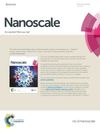
research Multifunctional Zn doped hollow mesoporous silica/polycaprolactone electrospun membranes with enhanced hair follicle regeneration and antibacterial activity for wound healing
Created material boosts hair growth and kills bacteria for wound healing.
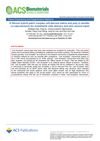
research A Fibrous Hybrid Patch Couples Cell-Derived Matrix and Poly(l -lactide-co-caprolactone) for Endothelial Cells Delivery and Skin Wound Repair
The new patch made of cell matrix and a polymer improves wound healing and supports blood vessel growth.
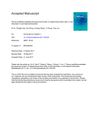
research Fibrous scaffolds potentiate the paracrine function of mesenchymal stem cells: A new dimension in cell-material interaction
Special fiber materials boost the healing properties of certain stem cells.
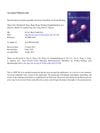
research Dual growth factor releasing multi-functional nanofibers for wound healing
The nanofibers with two growth factors improved wound healing by supporting structure, preventing infection, and aiding tissue growth.
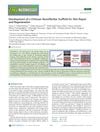
research Development of a Chitosan Nanofibrillar Scaffold for Skin Repair and Regeneration
Chitosan nanofiber scaffolds improve skin healing and are promising for wound treatment.